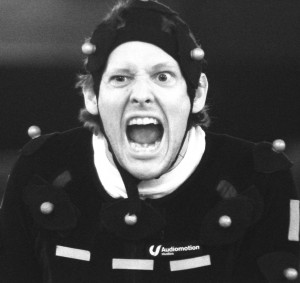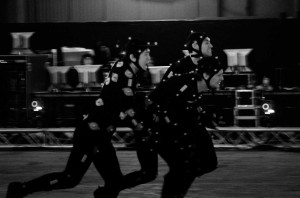![]()

“Once the vast motion capture volume was in place, we set to work capturing the performance of the stunt crew, meeting the creative vision of the fluidity of the infected hordes – filling streets and alleys, swarming over vehicles, climbing and falling like a mass of insects,” explained Mick Morris, managing director at Audiomotion Studios. “We then delivered the assets to MPC and Cinesite for the teams there to work their magic. The final shots look absolutely amazing.”
Starring Brad Pitt and directed by Marc Forster, World War Z revolves around an ex-United Nations investigator Gerry Lane (Pitt), who traverses the world in a race against time to stop a pandemic that is toppling armies and governments and threatening to decimate humanity itself. The film also stars Mireille Enos and James Badge Dale.
“World War Z required us to have humans move in an unnatural way,” said VFX producer Robin Saxen. “Mick and his team at Audiomotion helped us to compile a series of actions that allowed us to create that signature Z motion.”

According to Adam Davis, global head of crowd simulation at MPC, “Audiomotion was involved right from the beginning of the show, from early pre-production motion studies and test shoots, through to organizing the main shoot which was the largest capture volume that we have ever worked in.
“For some of the moves on World War Z, we needed so much space that we ended up hiring out one of the largest stages at Shepperton Studios, where Audiomotion set up its systems using a significant number of cameras and creating a very impressive volume,” he added. “The shoot itself turned out to be just as successful as we had hoped for: the volume was large enough to encompass the moves we needed, and the shoot went as smoothly as many of the sessions we have executed in the past.”





